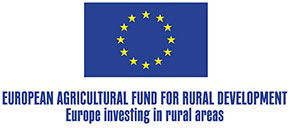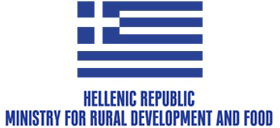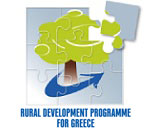Home – English
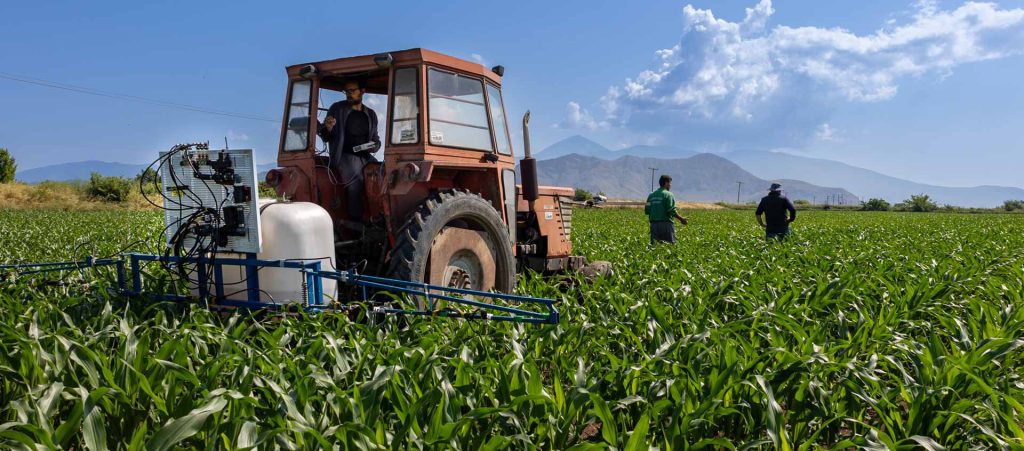
Funding framework
The pilot project of the KAL.LI.S.TI Operational Group is financed by Action 2 “Implementation of the Operational Plan (project) of collaborations with the aim of promoting actions that demonstrate respect for the protection of the environment and adaptation to climate change” of Submeasure 16.1-16.5 “Cooperation for environmental projects, environmental practices and actions for climate change and current environmental practices” (Project Code: Μ16ΣΥΝ2-00071). This specific action is implemented within the framework of the Rural Development Program (RDP) of Greece 2014-2022 co-financed by the European Union – European Agricultural Fund for Rural Development (EAFRD).
The main purpose of the work of O.Τ.
In conventional farming practice, the fertilization of fields is carried out uniformly throughout their area even though the optimal dose of nitrogen (N) varies pointwise within them. The single dose contributes to low N utilization rates, increased production costs and environmental pollution.
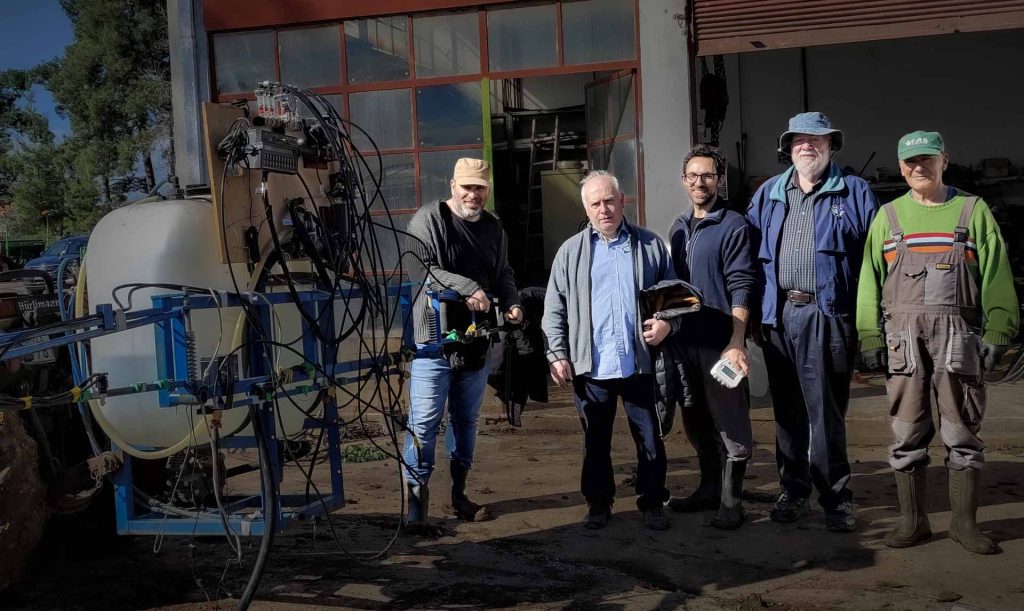
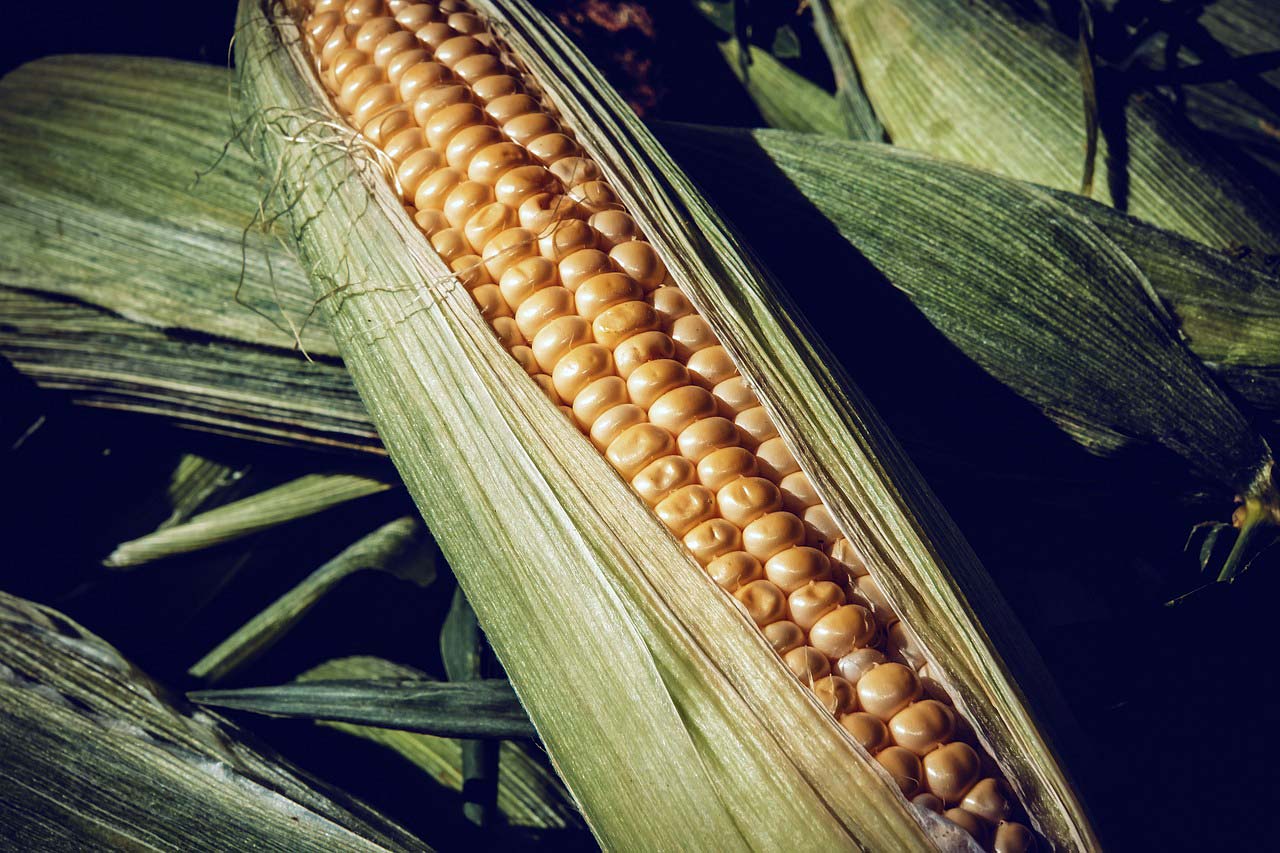
Object and objectives
In conventional farming practice, fields are fertilised uniformly over their entire area, although the optimum nitrogen (N) dose varies sporadically within fields. The application of a predetermined and uniform dose of nitrogen does not estimate the real needs of the plants and contributes to low utilization rates of fertilization (30-40%), increased production costs and environmental pollution, especially in corn that requires large amounts of nitrogen.
Nitrogen use efficiency can be greatly increased with tools that capture the different fertilization needs across the spatial boundaries of a field. Until recently, however, these tools only had the possibility of remote sensing of the biomass without identifying the limiting factors and without point intervention possibilities.
The latest developments in variable flow technologies refer to the sensitivity of sensors to detect foliar nitrogen, the development of algorithms that define the levels of lubricant doses, fast response electronics and variable flow dispensers. An integrated variable supply system that we developed under the FATIMA program (Horizon 2020) detects the nitrogen needs of each plant and applies spot fertilization in real time and with high discrimination.
The objectives of the project are a) highlighting the advantages of the new technology over conventional applications in terms of environment (20-35% reduction of N inputs) and economy (profit ≤ €10/acre), b) demonstrating the operational readiness of the system (speed >8 km/h, 1-m accuracy, TRL 8) in a dynamic farming at cooperative level, and c) the dissemination of the new farming practice in the farming world.
